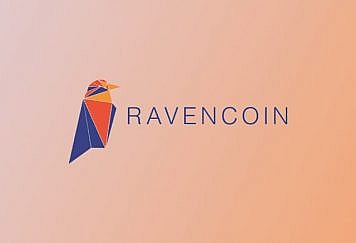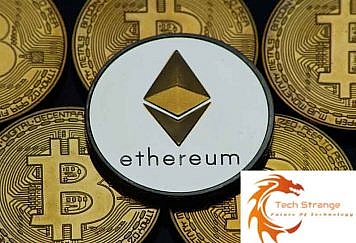In the case of bitcoin mining, the task of digitally attaching transaction details to the blockchain means to track the past of any bitcoin operation is referred to as “digitally creating new bitcoin.” computing capacity must perform mining was a major issue because of the record-keeping phase. Every Bitcoin miner worldwide plays a role in maintaining the network by joining the P2P network to improve security and reliability. The machines used in Bitcoin mining the list of unconfirmed transactions on the database, resolving several complicated equations to ensure the data is tamper-proof. The new block of transactions is linked to the blockchain and accepted by all in the network as legitimate until a potential alternative is discovered. The bitcoin created had its monetary limit increased as an incentive for those who worked to contribute to the network. Also start trading with crypto engine.
Basics of Bitcoin Mining:
- Purchase them on an exchange
- Mine new Bitcoin
The mining method is referred to as finding new Bitcoin is defined as being the same as that of every other resource, mining. Mining involves people looking for money as a vital element and shoveling through dirt in anticipation of discovering it. Through the Bitcoin algorithm, miners try to locate new Bitcoins by solving very difficult mathematical problems. Bitcoin is the cryptocurrency’s underlying code, or it is founded on the blockchain. Any transaction made with Bitcoin is recorded in a shared ledger, known as the ‘the transaction ledger of all transactions.
It is just a digital series of links. The block includes all the data needed to process a batch of Bitcoin transactions. Computers use additional computing resources to deal with complicated mathematical equations to have new blocks added to the blockchain. A solution to the problem would allow the block to become a permanent and trusted part of the blockchain. The Bitcoin reward provided to the miner who correctly identifies and solves the problem is equal to 12.5 Bitcoin. The processes that form the foundation of Bitcoin mining revolve around the above describe the function of the Bitcoin system. It’s in place to maintain the payment network’s security and trustworthiness. Any single miner helps to protect the integrity of the network to a degree by confirming transactions and maintaining the network.
10 Minutes Per Block:
To the 10-minute intervals to mine blocks in bitcoin’s inventor, Satoshi Nakamoto, the designer of the bitcoin network, created the network to fit his desires as a foundation. To achieve this 10-minute rate of change, the problems’ complexity adapts on its own. The degree of difficulty would rise as more miners and more processing resources on the network would rise, making it more challenging to mine the bitcoins. The complexity would drop because there are fewer mines, which would make it easier for you to mine the cryptocurrency.
Evolution of Mining:
New miners in the early 2000s might join in the fun at home, as Bitcoin was initially for the personal use of the common citizen. The popularity of the currency also grew, and mining became more complicated. The program’s performance increased due to the ever-increasing complexity. As a result, further computing capacity was needed. Soon, people were mining Bitcoins using gaming machines to expand the Bitcoin network. They were asked to replicate the operation, and it was now more complicated, and more processing capacity was needed.
The introduction of Bitcoin ASICs (single function integrated circuits) and GPUs (graphics processing units) was initially done to serve the needs of the Bitcoin mining industry. These days, it takes balanced hardware, one that is designed for computation and still good for energy efficiency. To solve the algorithm, to get their blocks added to the blockchain, the miners must use huge amounts of power. It is essential to keep energy costs at a minimum such that Bitcoin mining can be lucrative and permanent.
Why Mine Bitcoin?
Bitcoin provides a game-changing distributed database platform called the blockchain. An inbuilt system of foreign currencies means the currency can be used internationally without government involvement or complications. Although individuals don’t invest a lot of time or money into mining, they still see merit in Bitcoin’s decentralized attributes. Each hour or [and the price of a stream of GPU-mining] and multiplied depending on the price of a stream of coins [ and how many mining rigs it finds]. To calculate the viability of Bitcoin mining, here are the considerations to keep in mind:
- Computing Hardware: Miners need to possess the newest technology to ensure they will continue to mine or expand their operations in the future. A more specialized type of hardware is needed, which has higher operating costs. The new ASIC mining rigs cost approximately $1,500 for each computer.
- Power Costs: A power requirement would be the highest running cost. When you buy electricity, you are paid a unit price for every kWh. In the mining of cryptocurrencies, profit margins will vary between $0.03–$0.08 kWh. A minimal change in profits may be the difference between success and failure for mines. It is of the utmost importance that a miner can extract as little energy as possible.
Follow Techstrange for more Technology, Business, and Digital Marketing News.





